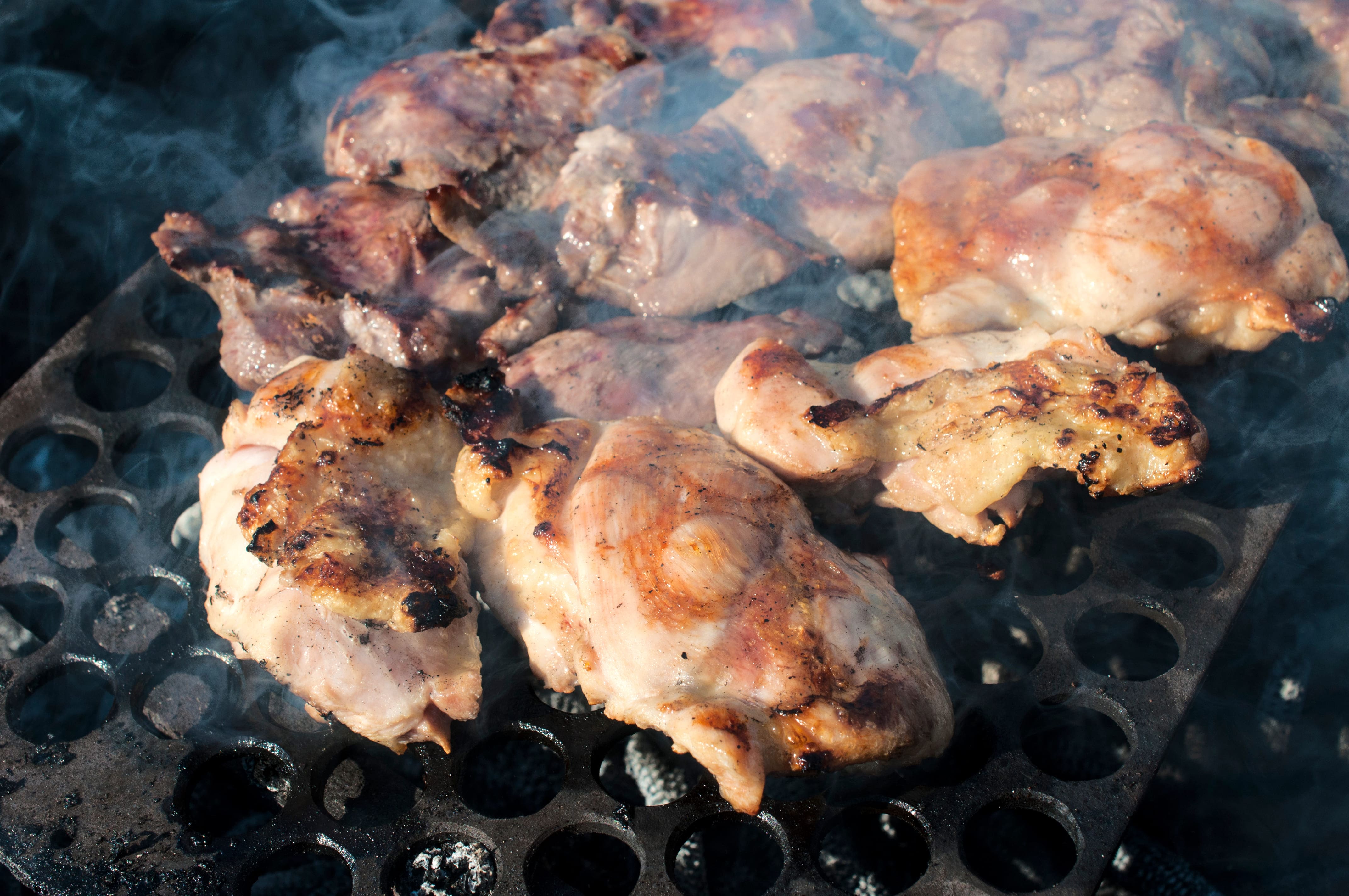Help for On-Board Chefs that Want to Prepare and Serve Smoked Meat
Once the professionals at a marine catering company understand the approach used for smoking meat, each of those same experts should gain an increased appreciation for an on-board chef’s desire to prepare and serve that same flavorful source of protein. After it has been smoked, a cut of meat features both great taste and a pleasing tenderness.
The basic features in the meat-smoking process
Of course, a maritime catering company cannot satisfy a chef’s desire to prepare smoked meats, if that same cook has not been provided with the proper equipment. In order to carry-out the smoking procedures in an on-board kitchen, the meat-cooking crew needs to have access to one of two different setups. In both setups the heat stays at a distance from the food that needs to be heated. In other words, the cooking process relies on the characteristics of indirect heat. The distance between the fire and the cooked item can be measured by using a vertical or a horizontal line. When smoking depends on access to a vertical setup, a fire remains at the bottom, while the cut to be cooked gets placed at the top. In those cases where members of a cook’s staff utilize a horizontal setup, a long container connects the heat source and the cut that needs to be heated. At one end of that container, a firebox holds the fuel; at the opposite end a special chamber holds the item that the chef wants to cook.
The different flavors created by the smoking process
Cooks that know how to prepare Persian foods can create a meal with a high concentration of a most healthful spice, namely turmeric. The ancient Persians heated their meats in the presence of turmeric, in order to cover up the meat’s smell. Of course the Persians that served on one of the nation’s ships could not order turmeric from a marine catering company. Today, an on board chef does not have to depend on turmeric to cover up a meat’s smell. That cooking expert can speak with experts in ship management, in order to obtain some meat-smoking equipment. Smoking provides a chef with the ability to instill a unique smell and flavor into a variety of meats, as well as poultry. When the smoke comes from burning almond wood, the cooked item takes on a sweet and nutty flavor. By using the woods from the different fruit trees, a cook can create fruit-flavored main dishes. Apple wood delivers the strongest flavor, when used as a fuel source. Apricot wood allows a meat’s flavor to be milder, yet sweeter.
Of course, a smart chef can enhance that mild flavor by using apricot chutney as an accompaniment. In contrast to the apricot wood, the fuel from a cherry tree produces a smoke that would qualify as only slightly sweet. Still, that smoky byproduct of the heating process can instill meat with a fruity taste. The professionals at a marine catering company should note what a fire fueled by cherry wood can do to poultry. It causes the skin on the poultry to turn brown. Hence, both the look and a smell of the main dish manage to entice the prospective diner. Naturally, that prospective diner could be a man that serves on a cargo ship’s team. If he is like most men, the smoke’s fruity smell will get his mouth watering. As a result, any chicken that a cook might request from a marine catering company can end up on the plate of a man that welcomes the chance to bite into that same smoked source of protein.

